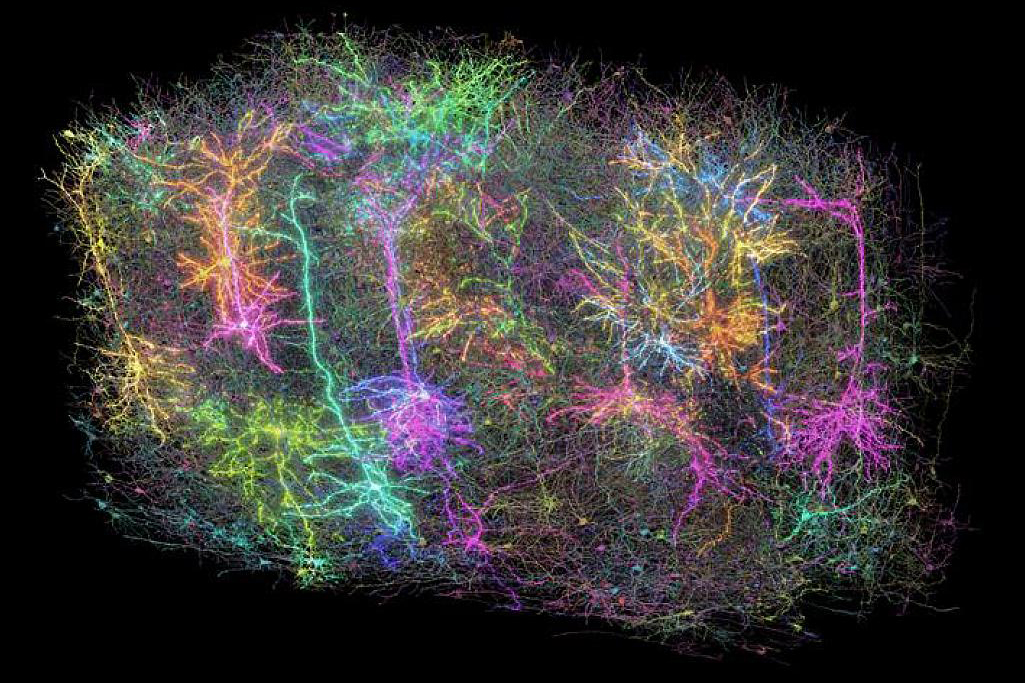New Insights into the Role of IDH1 in Erythropoiesis and Implications for Cancer Treatment
The effective diagnosis and treatment of tumors associated with IDH1 mutations necessitates a comprehensive understanding of the fundamental biological and physiological roles of the IDH1 enzyme. Recent research has unveiled exciting new dimensions of IDH1 functionality, particularly one that transcends its known enzyme activity. This study specifically highlights IDH1's novel role in regulating human erythropoiesis, the pivotal process responsible for red blood cell formation, through the remodeling of chromatin states. Researchers discovered that a deficiency in nuclear IDH1 leads to a notable accumulation of multi-histone modifications, with the H3K79me3 mark emerging as a central factor influencing this process. Such alterations culminate in the upregulation of SIRT1, a critical regulator involved in various essential cellular activities during the terminal stages of erythropoiesis.
Recent advancements in our understanding of the non-catalytic activities of metabolic enzymes have sparked new research directions concerning the roles of IDH1. In a significant study by Thomas et al. (2022), alterations in the subcellular distribution of metabolic enzymes were linked to distinct non-canonical functions. For instance, metabolic intermediates like acetyl CoA, -ketoglutarate (-KG), S-adenosylmethionine, and nicotinamide adenine dinucleotide (NAD+) have been shown to act as cofactors in the epigenetic modification of nuclear genes, thereby influencing stem cell functions and differentiation, as outlined by Gut and Verdin (2013). Furthermore, hexokinase 2 (HK2), recognized for its metabolic capacity, has also been found to localize within the nucleus of acute myeloid leukemia (AML) and normal hematopoietic stem and progenitor cells, indicating a non-canonical mechanism where mitochondrial enzymes affect stem cell functionality independent of their metabolic roles (Thomas et al., 2022).
In addition, various glycolytic enzymes, when translocated to the nucleus, exhibit independent catalytic roles. These functions encompass kinase activity and DNA binding capabilities that are essential for regulating gene expression and DNA repair processes. A prominent example is the nuclear translocated glyceraldehyde 3-phosphate dehydrogenase, which engages with the E3 ubiquitin ligase SIAH1 to promote apoptosis, while also interacting with telomeres to assist in maintaining their length (Yego and Mohr, 2010). Our findings reveal that IDH1, a key metabolic enzyme, is localized within the nuclei of erythroid cells from both healthy individuals and patients suffering from AML or myelodysplastic syndromes (MDS). This localization underscores IDH1's crucial role in maintaining cell morphology and chromatin dynamics via non-canonical mechanisms.
While some previous studies have alluded to the nuclear presence of IDH1, the majority of research has primarily focused on its metabolic functions and RNA interactions occurring in the cytoplasm (Liu et al., 2019). Consistent with earlier findings, our study reaffirmed the essential role of IDH1 in the regulation of human erythropoiesis, an effect that could not be reversed by adding reactive oxygen species (ROS) scavengers or supplementing with -KG (Gonzalez-Menendez et al., 2021; Gu et al., 2021). Prior research indicated that the impaired erythropoiesis resulting from IDH1 deficiency could potentially be mitigated by vitamin C application. This vitamin operates not only as a vital metabolic regulator but also plays significant biological and physiological roles, including epigenetic modulation. However, the precise mechanisms underlying these effects are still not fully understood (Zhang et al., 2019; Mingay et al., 2018). Given the diverse outcomes linked to vitamin C treatment and metabolic restoration, we suggest that IDH1 may exert its influence, at least in part, through non-canonical functions.
Interestingly, our research indicated that IDH1 deficiency did not appear to impact the differentiation and proliferation of proerythroblasts and basophils. However, it significantly influenced critical cellular events in polychromatic and orthochromatic erythroblasts, such as alterations in cell morphology, chromatin condensation, and the enucleation process. The terminal stages of erythropoiesis are characterized by dynamic and complex changes in chromatin structure (Palis, 2008). Current literature, along with our previous findings, suggests that chromatin condensation occurs alongside the release of the majority of histones into the cytoplasm for degradation during the late stages of terminal erythropoiesis. This process is essential for chromatin condensation and subsequent enucleation (Hattangadi et al., 2014). The reorganization of chromatin, coupled with histone release and redistribution, is vital for the reprogramming of chromatin during terminal erythroid development. Our study provides the first evidence that IDH1 deficiency leads to the accumulation of multiple histone modification markers specifically in polychromatic and orthochromatic cells, which may help elucidate the effects of IDH1 deficiency at these distinct developmental stages.
Moreover, we identified that IDH1 deficiency resulted in the accumulation of methylated histones on chromatin, thereby increasing accessibility and promoting an open chromatin state conducive to transcriptional activation. This phenomenon further complicates the defects observed in terminal erythropoiesis. Our findings signify a substantial breakthrough in comprehending the roles of nuclear IDH1 in sustaining dynamic changes in chromatin states during erythropoiesis. They suggest a synergistic interaction between nuclear and cytoplasmic IDH1 in regulating human erythropoiesis by modulating both metabolism and chromatin architecture.
In addition to these findings, our results reveal that IDH1 deficiency correlates with the aberrant accumulation of H3K79me3 and an increase in SIRT1 expression. Although the disturbed methylation catalyzed by DOT1 is a well-recognized target for leukemia diagnosis and treatment strategies, prior research has primarily concentrated on H3K79 demethylation (Godfrey et al., 2021; Godfrey et al., 2019; Li et al., 2018). Our in vitro and in vivo experiments using patient samples demonstrated that IDH1 deficiency caused a significant buildup of H3K79me3, hinting at its potential utility in diagnosing dyserythropoiesis related to IDH1 functional defects. SIRT1 plays an essential role in catalyzing the removal of acetyl groups from both histone and non-histone proteins. Previous studies affirm SIRT1's involvement in an extensive array of physiological functions, including gene expression regulation, cell growth, DNA repair (Kuno et al., 2022), response to oxidative stress (Liu and Shi, 2022), metabolic processes (Zhang et al., 2023), and aging (Rajendran et al., 2011). Notably, SIRT1 also influences the expression of fetal hemoglobin genes in adult human erythroblasts (Dai et al., 2017) and plays a role in regulating higher-order chromatin structure alongside various pathways related to the pathogenesis and transformation of dyserythropoiesis-linked hematopoietic diseases (Li et al., 2014). The overexpression and underexpression of SIRT1 have been strongly associated with the pathogenesis of AML and MDS, with both inhibitory and activatory treatment strategies being explored for the diagnosis and management of these diseases (Huang et al., 2019). Our current study confirmed that IDH1 deficiency leads to a notable increase in SIRT1 expression. Furthermore, the series of phenotypes induced by IDH1 deficiency, such as nuclear malformation, aberrant nuclear condensation, and impaired enucleation, could be partially ameliorated through the use of a specific SIRT1 inhibitor. These findings offer promising insights into the potential for employing an inhibitory strategy in the diagnosis and treatment of dyserythropoiesis-related diseases, especially in patients harboring IDH1 mutations.
In conclusion, our research establishes a novel perspective on the role of IDH1 in regulating chromatin states during erythropoiesis. The insights gained regarding the IDH1-H3K79me3-SIRT1 regulatory axis suggest that targeting H3K79me3 and SIRT1 could yield valuable avenues for the diagnosis and treatment of diseases associated with IDH1 mutations.

















